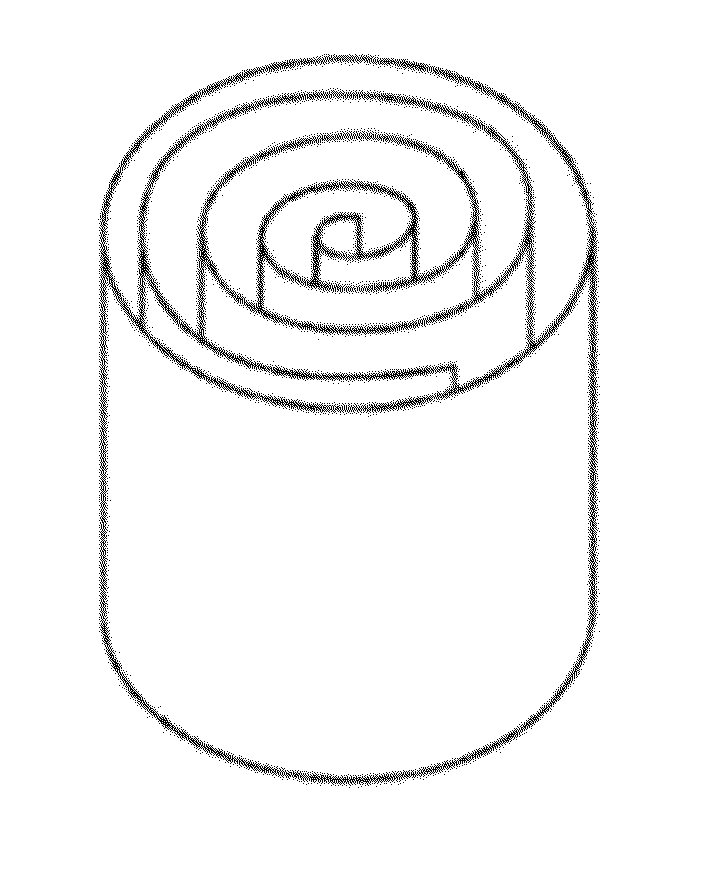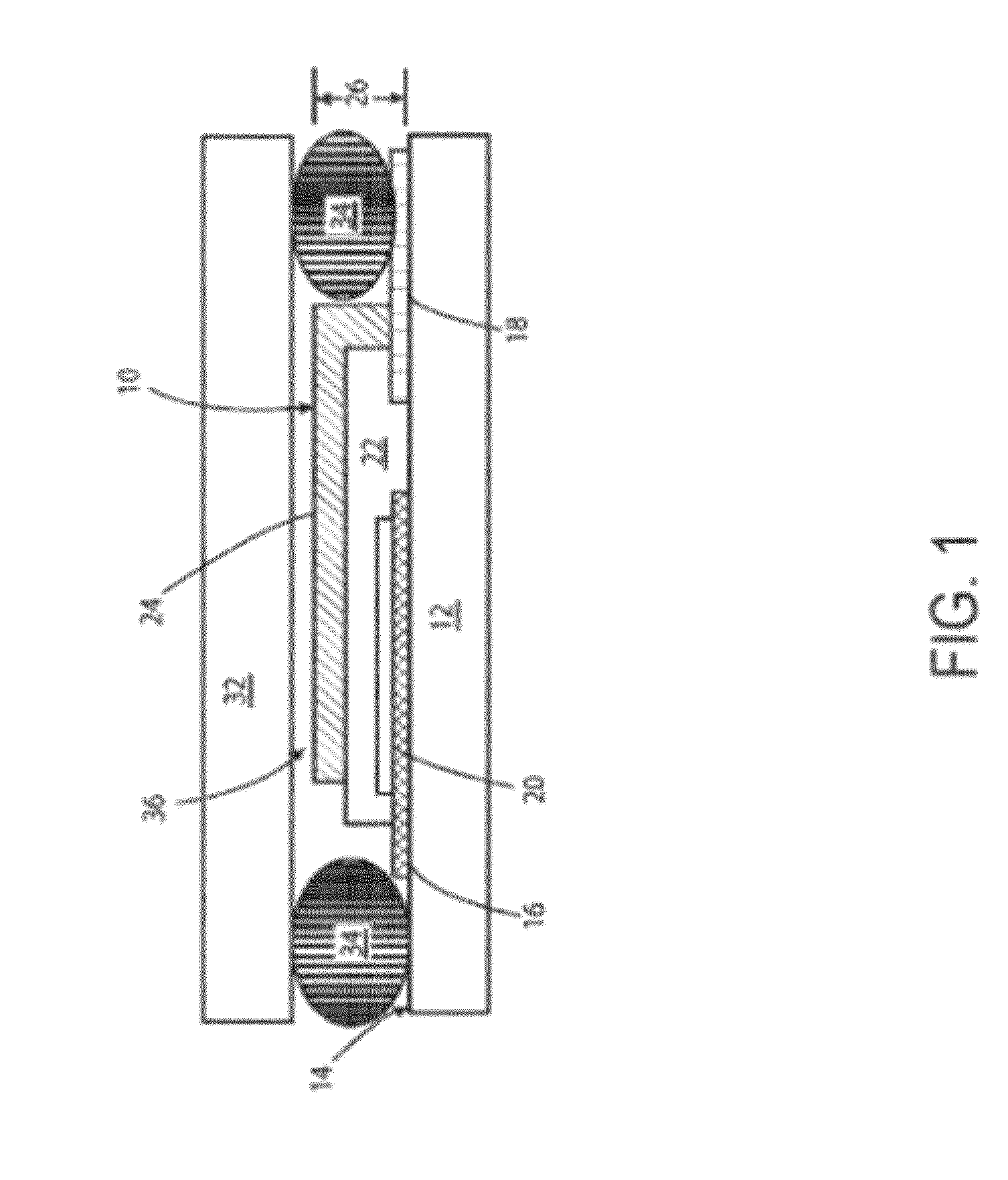Electric vehicle propulsion system and method utilizing solid-state rechargeable electrochemical cells
a rechargeable battery and electric vehicle technology, applied in the direction of cell components, sustainable manufacturing/processing, wound/folded electrode electrodes, etc., can solve the problems of complex control of battery cell packs, solvent decomposition during charging or discharging, and relatively high price of separators, so as to eliminate the occurrence of lithium dendrites and other undesirable side reactions
- Summary
- Abstract
- Description
- Claims
- Application Information
AI Technical Summary
Benefits of technology
Problems solved by technology
Method used
Image
Examples
example 1
[0090]In this specific embodiment the cell is fabricated on a wound polymer substrate that is less than 5 microns thick. A metallic cathode current collector less than 0.2 microns thick is deposited onto this substrate, upon which a transition-metal oxide cathode material is deposited that is less than 10 microns thick. A ceramic electrolyte layer is then deposited that is less than 2 microns thick, and a metallic anode containing at least 50% lithium metal is deposited on this electrolyte. The dimensions of the substrate are at least 1 cm by 100 cm, and the thickness of the entire structure is less than 50 microns thick.
PUM
 Login to View More
Login to View More Abstract
Description
Claims
Application Information
 Login to View More
Login to View More - R&D
- Intellectual Property
- Life Sciences
- Materials
- Tech Scout
- Unparalleled Data Quality
- Higher Quality Content
- 60% Fewer Hallucinations
Browse by: Latest US Patents, China's latest patents, Technical Efficacy Thesaurus, Application Domain, Technology Topic, Popular Technical Reports.
© 2025 PatSnap. All rights reserved.Legal|Privacy policy|Modern Slavery Act Transparency Statement|Sitemap|About US| Contact US: help@patsnap.com



